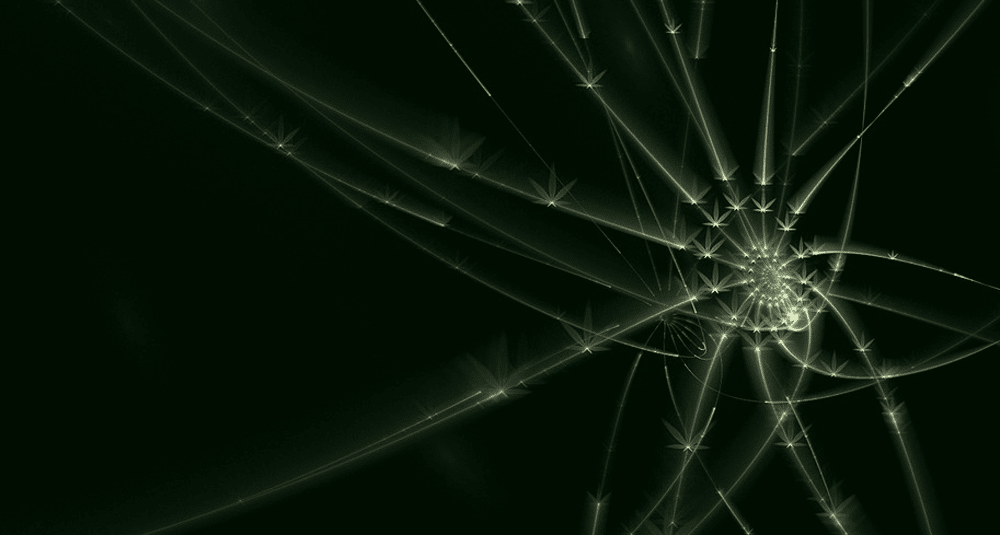When was the existence of the Higgs Boson confirmed?
Last Updated:
The Higgs boson, often nicknamed the God particle, is an elementary particle predicted by the Standard Model of particle physics. Its discovery is the culmination of decades of theoretical and experimental research aimed at understanding the origin of particle mass.
In the 1960s, physicists Peter Higgs, François Englert and Robert Brout independently proposed a mechanism to explain how particles acquire their mass. This mechanism, now known as the Brout-Englert-Higgs mechanism, postulates the existence of an omnipresent field, the Higgs field. Particles that interact with this field acquire mass, while those that don’t remain massless. The quantum manifestation of this field is the Higgs boson.
Experimental confirmation of the Higgs boson’s existence required decades of technological development and experimentation. CERN’s Large Hadron Collider (LHC), located near Geneva, is the most powerful particle gas pedal ever built. It was designed to explore the high energies required to produce the Higgs boson.
The ATLAS and CMS experiments, two of the LHC’s main scientific collaborations, have played a crucial role in this quest. By colliding protons at extremely high energies, these experiments have recreated conditions close to those of the Big Bang, offering a unique opportunity to detect the Higgs boson.
On July 4, 2012, CERN announced the discovery of a new particle with a mass of around 125 GeV/c², compatible with the expected characteristics of the Higgs boson. This announcement is the result of a careful analysis of data collected by the ATLAS and CMS experiments. The results showed an excess of events corresponding to the decay of the Higgs boson, with a statistical confidence level of 5 sigma, corresponding to a probability of error of 1 in 3.5 million.
This discovery represented a major advance in our understanding of particle physics, confirming the mechanism by which particles acquire their mass. It also opened up new perspectives for exploring physics beyond the Standard Model.
Confirmation of the existence of the Higgs boson earned François Englert and Peter Higgs the Nobel Prize in Physics in 2013, in recognition of their fundamental theoretical contribution. Robert Brout, who died in 2011, could not be honored, as the Nobel Prize is not awarded posthumously.
Since 2012, physicists have continued to investigate the properties of the Higgs boson, including its decay modes and interactions with other particles. This research aims to deepen our understanding of the universe and explore the limits of the Standard Model.
The year 2012 marked a major scientific breakthrough with the experimental confirmation of the existence of the Higgs boson, a discovery that has enriched our understanding of the foundations of matter and the universe.
sciences

When was the existence of the Higgs Boson confirmed?
Answer
The existence of the Higgs boson was confirmed in 2012 thanks to the ATLAS and CMS experiments at CERN, marking a major breakthrough in particle physics.